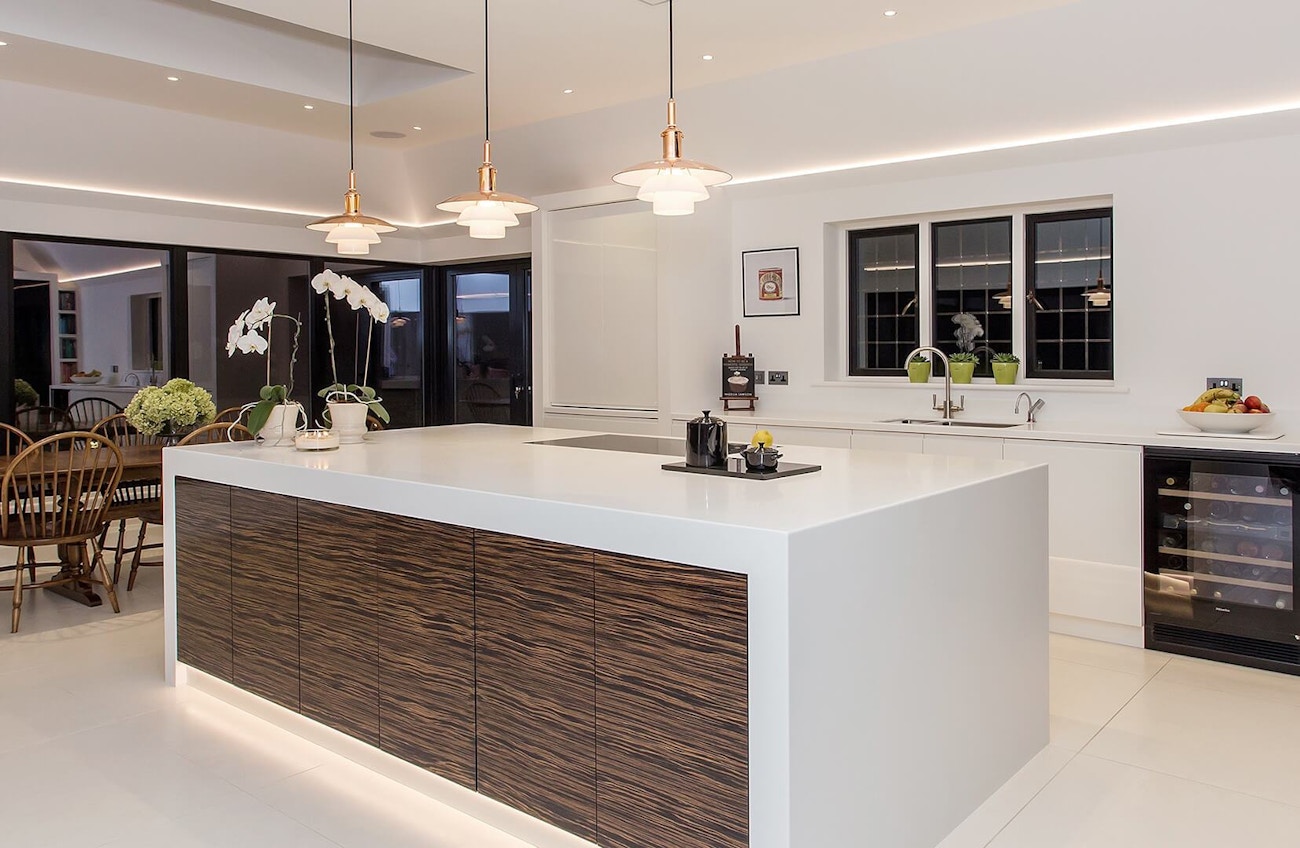
Landscape lighting design tips for safety & security
We explore landscape lighting design tips that focus on safety and security so that you can achieve a well-balanced lighting solution for your property.
Blog

Author: Greg Devenish
When it comes to lighting your home, one of the most important aspects to get right is task lighting. Not only does it enable us to read, write, cook, and study things up close, but has a positive effect on our health with a reduction in both headaches and eye strains.
If you weren’t aware, task lighting refers to the illumination of a specific area, in the aim to better accomplish an activity. This is often achieved by projecting an adequate level of light from a well-positioned source to enable contrast for enhanced levels of focus.
Task lighting is commonly used in spaces such as kitchens, home offices, and bedrooms, but can be used anywhere to support a task that requires even the smallest level of concentration.
With that said, here’s our list of top tips for task lighting in your home.
For those that love to read in bed, you can’t always rely on natural light. Instead, a practical reading light should be considered.
You can either choose a lamp for your bed-side table, or a more permanent option in a wall-mounted-fixture.
If you’re an avid reader and willing to install a permanent fixture, the second option is the way to go. These types of lights can be mounted on the wall, and wired with a switch close to your bed for easy access.
Whichever option suits your lighting needs best, remember the following to ensure a finished result you’re happy with:

For computer work, paperwork, and other focus-intensive tasks at a desk, choose a well-defined light source dedicated to what you’re doing.
An adjustable desk lamp can work great, and can be positioned where you need it to support a variety of tasks.
When a computer or laptop is involved, you don’t want a bright source of light right next to the screen. If possible, you should also avoid having a window directly behind your screen, or have any bright light shining on it. This can create glare on the screen and cause your eyes discomfort.
For a good home office lighting solution, choose low to average light sources throughout the room, and ensure your space isn’t too dark – a bright screen with insufficient surrounding light can also cause strain to your eyes.
Additionally, if you ever use your home office for video call conferences, think about a light that faces you appropriately when required. This could be an LED fixed above and behind your monitor. As long as the brightness can be adjusted to the right level and doesn't overpower the brightness of your screen, you’ll have no trouble with eyestrain, whilst looking more professional on calls.
Kitchen task lighting is designed to create a shadow-free work environment when doing things around the kitchen, such as cooking at the hob or preparing food at a work surface.
If the room allows, having your sink beneath a window can provide sufficient task lighting for washing the dishes during the day. Although, this can’t be relied on - you also need to think about task lighting during the evening. For darker settings, small pendant lights are a popular choice as they provide a soft spotlight that can be tied in with the rest of the room.
When exploring task lighting for your kitchen, think about all the different activities that take place. From cooking, cleaning, washing, and eating, you’ll find that task lighting for your worktop, hob, sink, and island or dining table is all required.

At Hampshire Light, we specialise in the design and supply of lighting for homes in Hampshire and surrounding counties. We work closely with you to establish your requirements and collaborate with professional installers to ensure your new lighting system is fitted flawlessly.
If you’re looking to speak with an expert about implementing a superior lighting solution in your home, contact us today, we’d be more than happy to help.
We explore landscape lighting design tips that focus on safety and security so that you can achieve a well-balanced lighting solution for your property.
More info
Many designers see lighting as the ‘secret weapon’ to a stunning and practical space. We explore why lighting is the most valuable interior design feature, and why you should call upon a lighting design expert to ensure an optimal lighting scheme for your home.
More info